How to make a bog garden from an old pond? Making a bog garden
Making a bog garden
What is the best way to make a bog garden?
The simplest bog garden is an area of permanently moist soil, unfortunately, however, just digging humus into the soil will not make the soil sufficiently water retentive to make it into a bog garden. The best method is to dig out a bed, line it with a flexible liner, add a layer of pebbles and gravel and then refill the area with a mixture of soil and well rotted organic material. Although some bog plants will tolerate stagnant water, most prefer a constantly moist, but not excessively wet, soil around their roots. Therefore, you should puncture the liner with a garden fork so that excess water can drain away. In dry weather the soil can be kept moist by watering with a garden hose from time to time, or you can bury a perforated hose in the soil and attach it to an outside tap, which can be turned on as necessary. Alternatively, a hose pipe can be attached to a water butt that takes rainwater from the house roof and gutters so that it can be directed towards the bog garden.How can l make a bog garden next to my pond?
It will be easiest if you can construct the bog garden at the same time as the pond. If you make part of one edge of the pond slightly lower than the rest, when the pond is filled beyond its normal level water will flow over the lower edge into the boggy area next to the pond. The dividing wall or sill between the pond and the bog should be at or just slightly higher than the normal water level in the pond so that it takes only a little extra water, either from excessive rain or when you are topping up the pond with a garden hose, to make it pour over into the bog garden and saturate it.If you want to grow marginal plants that is, those that normally grow in shallow water the sill can be a little lower so that the water is permanently just below the surface of the soil.
The construction of the bog garden is the same as described above, except that if you are having a permanently flooded garden for marginals you will not want to puncture holes in the liner.
Can I put ordinary soil from my garden into the bog garden?
Probably not. The soil in a bog garden should be very moisture retentive and, ideally, neutral to acid. There is no reason why you should not have a bog garden on chalky ground, but it might limit the number of plants you can grow.Create a moisture retentive soil by mixing good quality garden loam with equal portions of loam and some form of fibrous material; then mix in one part grit. The fibrous material will help hold the moisture for the plants to use, while the grit will allow excess moisture to drain away. A good fibrous material is leaf mould if you have enough in the garden; do not take it from woods, which is environmentally damaging. Very well rotted garden compost or farmyard manure is a good alternative, although farmyard manure can be too rich unless it is well weathered. Shredded stems of old herbaceous plants and shrubs make an excellent material once they have rotted down. Do not use peat. Not only is its use environmentally unsound but it is also not very good from a gardening point of view because it breaks down rapidly in a bog garden and will constantly need replacing.

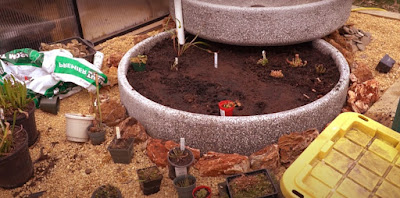
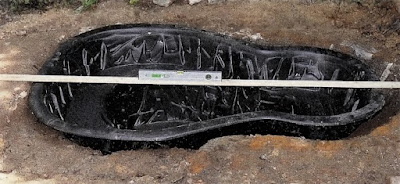





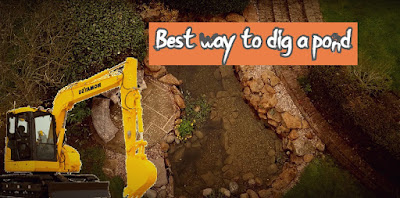
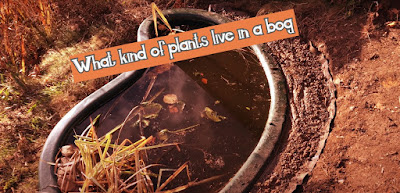
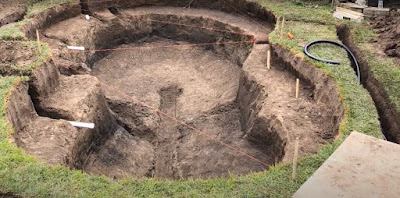
Comments
Post a Comment